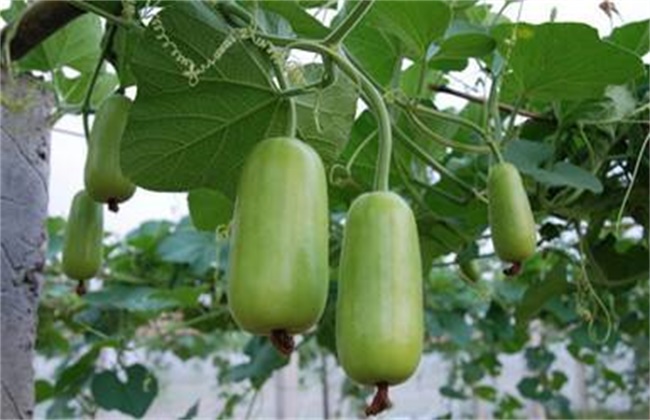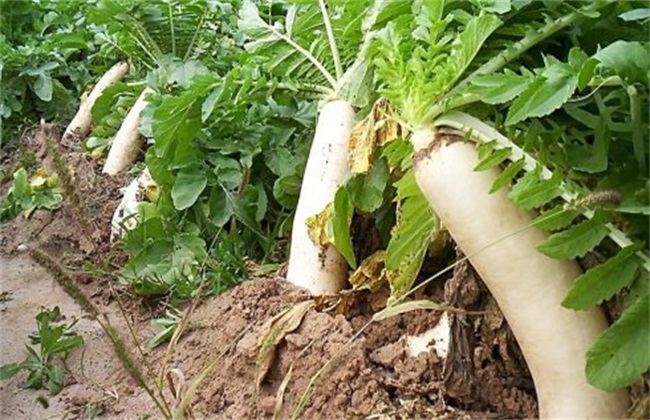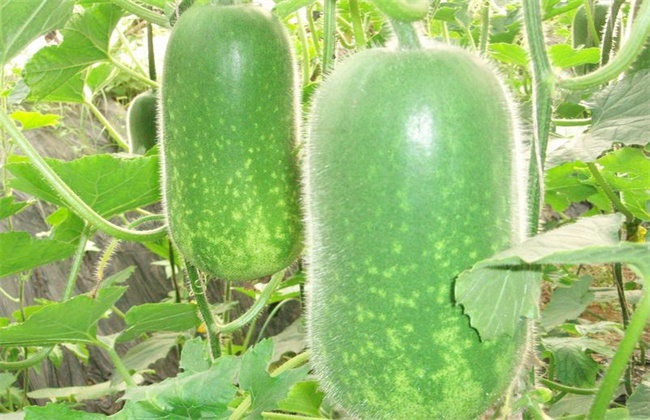Planting techniques of Pumpkin
Pumpkin, also known as gourd and bottle gourd, is an annual herb of the gourd family, and zucchini is a family and genus, but it is not zucchini, it contains protein and a variety of trace elements, which help to enhance the immune function of the body. So how to grow pumpkin? Come and have a look with the editor.

1. Soil preparation and fertilization
The plots with loose and fertile soil, rich in humus, strong water and fertility conservation and good drainage and irrigation should be selected. Before planting, the soil should be deeply turned over, and at the same time, the soil should be prepared and bedded, and sufficient basic fertilizer should be applied at one time to improve sufficient nutrients for the growth and development of pumpkin. Generally, 1500 kg of rotten farm manure, 25 kg of superphosphate and 100kg of compound fertilizer are applied per mu.
2. Sowing and raising seedlings
In the south, the greenhouse can be used in December-January, or it can be cultivated in the open field in early spring, raising seedlings in greenhouse or small arch shed, or in August-September in autumn, using shading net to shade seedlings, temperature and water should be controlled during the seedling raising period, so as to prevent the seedlings from growing too much and cultivate strong seedlings. When the seedlings grow to 2-3 true leaves, they can be planted. The temperature in early spring is low and should be carried out in sunny afternoons. Generally, 2500-2700 plants per mu are planted in protected areas, while 1600-1900 plants per mu are planted in open field cultivation.
3. Field management
When the melon vine grows to 30-40 cm, it is necessary to set up a frame to introduce the vine in time, and the protected cultivation in early spring should be assisted by pollination because there is no insect activity. The pollination time should be 5-8 p.m., pick the fresh male flowers that opened on the same day, remove the petals, and evenly smear their pollen on the female flower stigma. After picking the heart, there are more lateral vines, and 2-3 strong lateral vines should be left on the shelf to cut off the excess lateral vines to avoid ineffective consumption of nutrients.
4. Fertilizer and water management
Topdressing should be determined according to plant growth. If the plant grows vigorously and the base fertilizer is sufficient, then the times of topdressing can be reduced or not, but if the plant growth is weak, it should be topdressing in time. After the planting survived, the seedling fertilizer should be applied once, the split vine fertilizer should be applied once after picking the heart, the fruit fertilizer should be applied once at the beginning of the fruit expansion period, and fertilized once every 2-3 times of harvest. When topdressing, 50 kg of thin human feces and urine per mu plus 100 urea or low concentration compound fertilizer can be used alternately, and foliar fertilizer can be applied according to the plant time to supplement nutrients and improve resistance. Pay attention to when watering, pumpkin is not only not resistant to drought, but also afraid, so do not flood irrigation, at the same time to eliminate stagnant water.
The above is the introduction of pumpkin planting technology, hope to help you, want to know more related knowledge, please follow us.
Related
- Where is it suitable to grow horseradish in China? it is expected to see the middle altitude horseradish in Alishan.
- How to prevent tomato virus disease reasonably? (Control methods included)
- Many people like to plant towel gourd on the balcony. What are the main points of this method and management?
- What crops can chili peppers be mixed with?
- Fertilization techniques and matters needing attention in Tomato
- What are the grafting techniques for peach seedlings in spring?
- Harm and control methods of root swelling disease of Chinese cabbage
- What are the pests of sweet potatoes? How to prevent and cure it?
- Symptoms, causes and Control methods of navel Rot in Tomato
- The cause of "Cucumber rotten bibcock" in Farmers' planting Cucumber and its Control Plan



